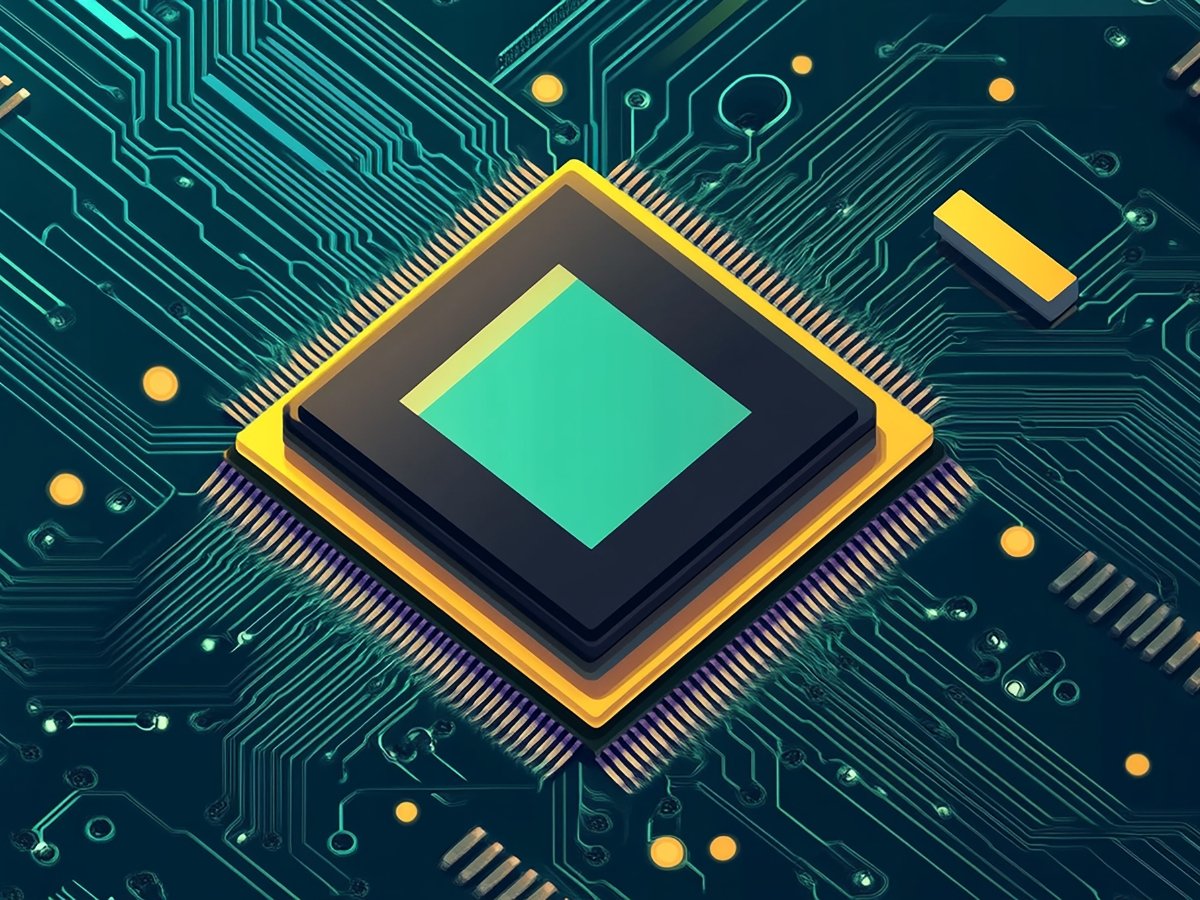FPGA design is often the first step in a VLSI engineer’s journey—but if you’re looking for long-term career growth, moving to ASIC design is the way forward.
With the global semiconductor market booming and India’s chip design sector expected to create 1 million jobs by 2026 (according to industry reports), the demand for skilled ASIC design engineers is skyrocketing.
In this blog, we’ll walk you through the key differences between FPGA and ASIC, why making the switch is smart, and how to successfully transition from FPGA design to ASIC design—even if you’re just starting out.
FPGA vs ASIC: Understanding the Difference
| Feature | FPGA (Field Programmable Gate Array) | ASIC (Application-Specific Integrated Circuit) |
|---|---|---|
| Reusability | Reprogrammable | Fixed post-fabrication |
| Design Flexibility | High | Low (once fabricated) |
| Performance | Moderate | Very High |
| Development Time | Shorter (ideal for prototyping) | Longer (months to years) |
| Cost per Unit | High at scale | Low at scale |
| Use Cases | Prototyping, defense, low-volume products | Mass production, mobile, automotive, IoT |
FPGA is ideal for quick prototyping, proof-of-concept, and field updates, while ASIC is used in high-performance, high-volume production chips such as those in smartphones, routers, or EVs.
Why Switch from FPGA to ASIC?
1. Higher Salary Potential
ASIC engineers typically earn more due to the complexity and scale of design. A fresher in ASIC design can expect ₹6–10 LPA, while experienced professionals earn ₹15–30 LPA and beyond.
2. More Global Career Opportunities
Top semiconductor giants—Intel, Nvidia, Qualcomm, AMD, Apple, and TSMC—are constantly hiring ASIC design engineers for global roles.
3. Deeper Technical Challenge
ASIC design involves end-to-end chip implementation—RTL design, synthesis, STA, PnR, timing closure, DRC/LVS, and tape-out—offering rich technical exposure.
4. Core Product Development
Unlike FPGA projects that are sometimes limited to validation or support, ASIC engineers work on real chip architectures and contribute to cutting-edge product innovations.
Skills Required to Transition from FPGA to ASIC
If you already know Verilog/VHDL and have worked on FPGA boards using Xilinx/Intel tools, you’re halfway there. Here’s what to focus on next:
1. Learn the Complete ASIC Flow
Understand the ASIC design stages:
- RTL Coding → Synthesis → Static Timing Analysis (STA)
- Floorplanning → Placement & Routing → Sign-off
2. Master Industry Tools
Start working on ASIC-specific EDA tools:
- Synthesis & STA: Synopsys Design Compiler, PrimeTime
- Physical Design: Cadence Innovus, Mentor Olympus
- Simulation & Debug: ModelSim, Questa, Verdi
- Scripting: TCL, Python, Shell
3. Understand Constraints & Sign-Offs
Learn to work with SDC (Synopsys Design Constraints), timing reports, area vs power trade-offs, and how to optimize design for PPA (Power, Performance, Area).
4. Get Project Experience
Practice implementing real-world ASIC blocks like ALUs, UARTs, memory controllers, and write testbenches to verify them.
How MOSart Labs Helps You Make the Switch
At MOSart Labs, we offer a comprehensive IIT Bhubaneswar-certified VLSI PG Diploma that helps FPGA engineers step into the ASIC domain with confidence.
Here’s what you’ll gain:
- Live classes by IIT and industry faculty
- Hands-on training with Synopsys, Cadence, and Mentor tools
- ASIC-level projects simulating real chip design workflows
- Mastery of RTL → GDSII flow, STA, and verification
- 100% placement assistance with leading VLSI companies
Career Paths After Moving to ASIC Design
Once you make the shift, you can target:
- RTL Design Engineer
- ASIC Verification Engineer
- Static Timing Analysis (STA) Engineer
- Physical Design Engineer
- DFT Engineer (Design for Testability)
These roles are in high demand across India, the US, Europe, and Southeast Asia.
Final Thoughts
Transitioning from FPGA to ASIC is not only logical—it’s one of the smartest moves for long-term growth in VLSI engineering.
With your existing FPGA knowledge and the right ASIC training, you can become a full-stack chip design engineer capable of working on some of the world’s most advanced semiconductors.
- Upgrade your skills
- Get industry-certified
- Enter high-paying core VLSI roles
Your ASIC career starts here—with MOSart Labs.



